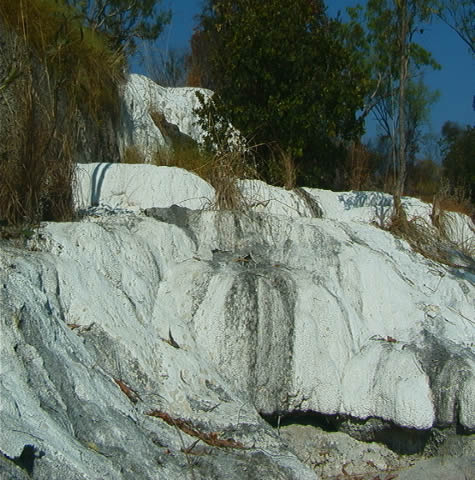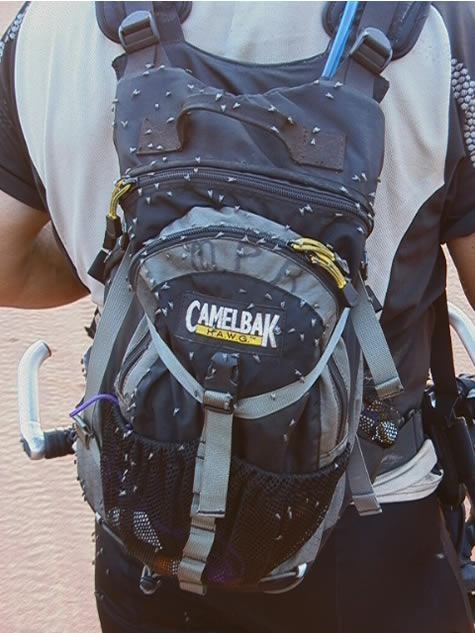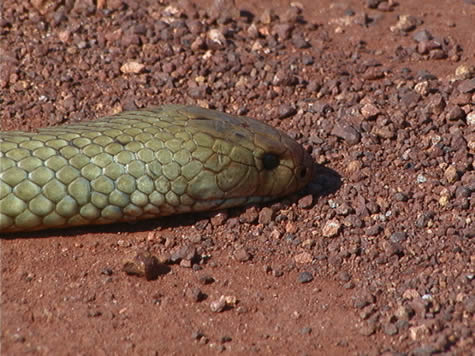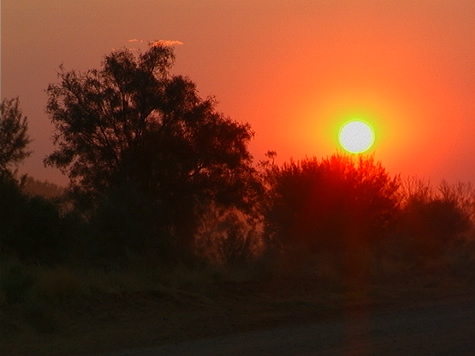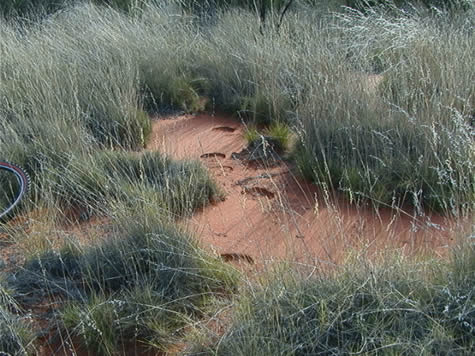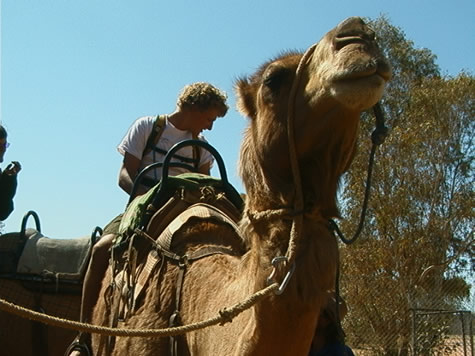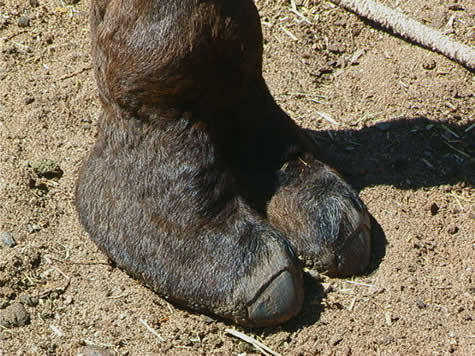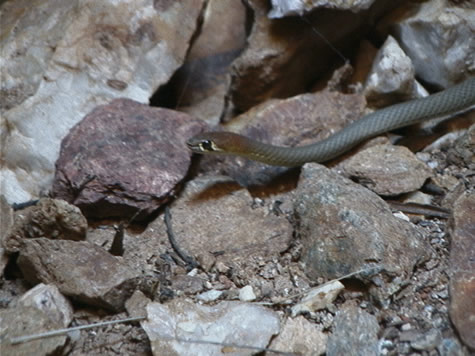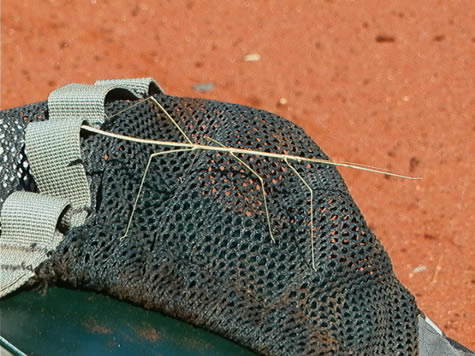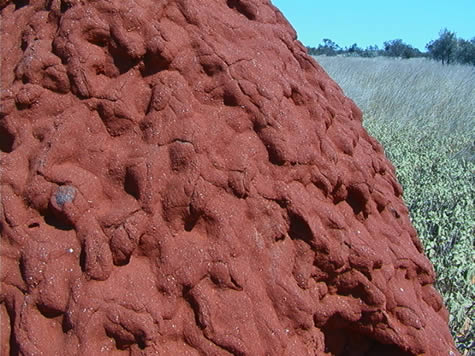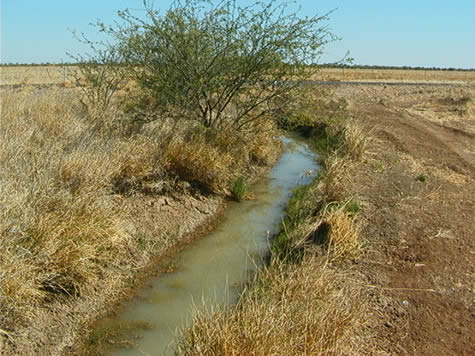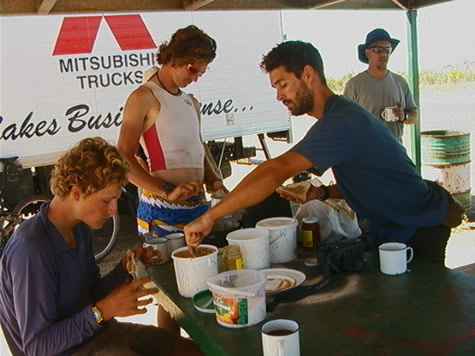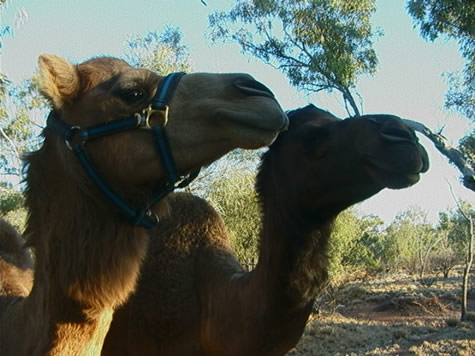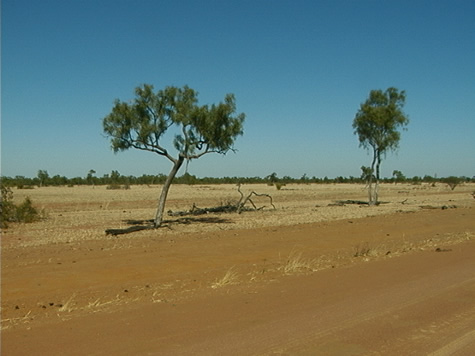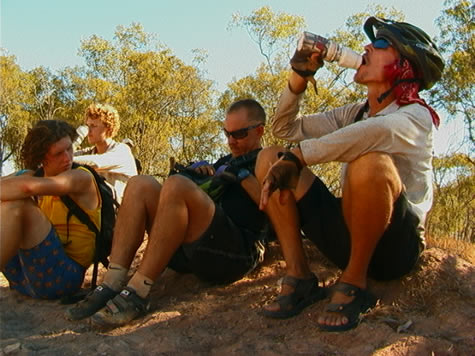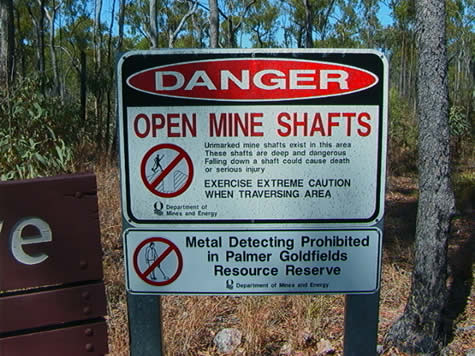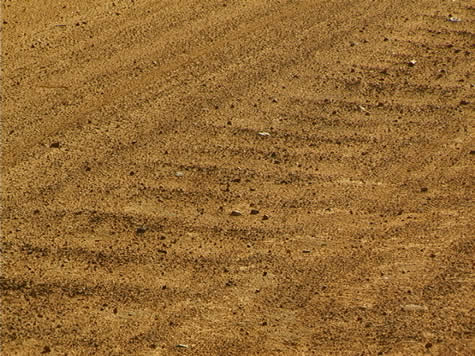Birds - Order Psittaciformes
THEME: Birds
SUBJECT AREA: Science
TOPIC: Order Psittaciformes
2001 October 17, Wednesday.
Parrots belong to the faunal Order (or family) of Psittaciformes. Their bright colours easily distinguish them, along with their short hooked beak, and feet with two toes directed forwards and two directed toward the rear.
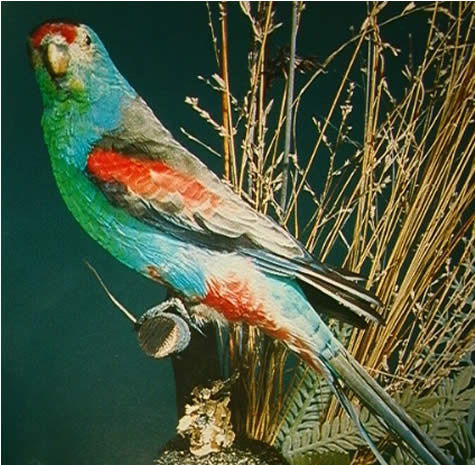
Parrots are unique in the way that they are the only bird (other than ‘Big Bird’ from Sesame Street) that can use their feet like we use our hands; they pull apart their food and feed themselves using their claws, which they manicure painstakingly. All parrots use their beaks for climbing.
Parrots are herbivores, feeding primarily on seed and fruit. They are also monogamous, staying with a single mate for their entire lifetimes, and, apart from the few which migrate in search of food, (nectar feeders) they tend to be sedentary, that is, to stay in a single area all their lives, and use the same nesting place each breeding season. In the wild, a parrot will live for over one hundred years. The size may vary ranging from the Goliath cockatoo (60cm) to the Budgerigar (12cm).
The two sub-families that are seen often are the Cockatoos (Cacatuidae), Lorikeets and Typical Parrots (Psittacidae). Parrots are the most intelligent species of bird, in the way that they have the largest memory for detail; and this causes each individual bird to develop a complex and very distinguishing personality.
Every type of parrot has its own distinctive characteristics. They also learn to speak, and imitate other sounds from their external environment. This is done by pet birds in a simple attempt to communicate with their owner, who forms an emotional substitute for their mate in the wild.
Most Parrot species mature at around twelve months of age. They nest in tree hollows and termite mounds, and for this reason their eggs are white. Birds who use an open nest in a tree or on the ground develop colour and speckles in their eggs, to protect them by camouflage from animals such as reptiles who might find them a tasty meal.
Parrots, like other species of birds, have a single oil gland at the base of their tails, in place of the ones we have all over our bodies, to lubricate our skin. The oil is collected from this gland in the beak, and spread across the feathers, one by one, to protect them. This is called preening.
Suggested learning activities: Find an animal whose life expectancy is over one hundred years. Find out what they feed on. Are they herbivores or carnivores? How large is the animal?
feed your children wheat
joshua and bel

